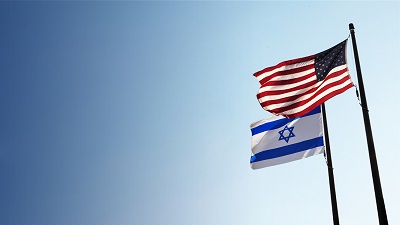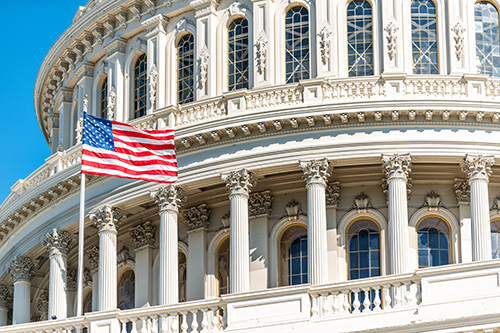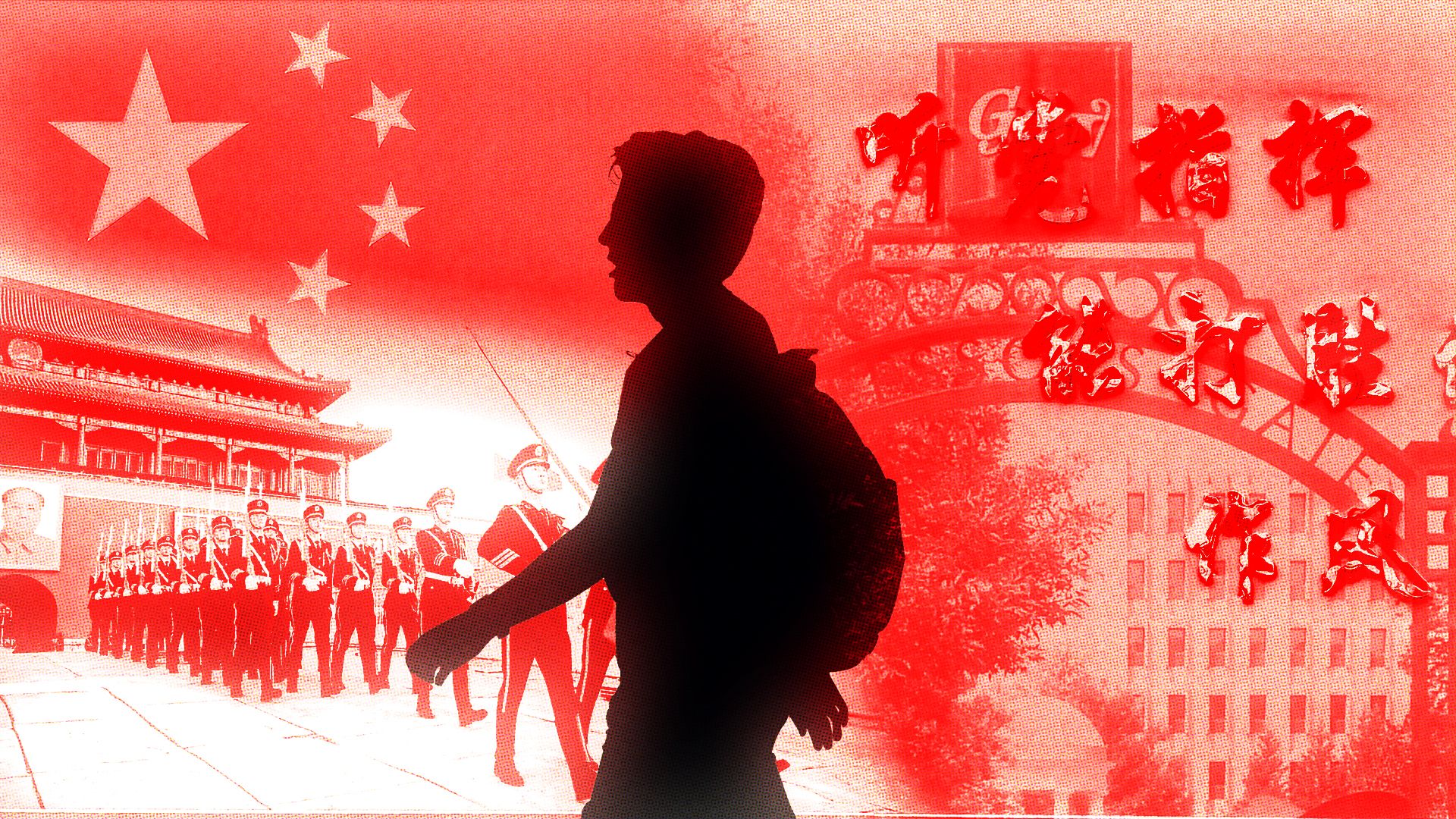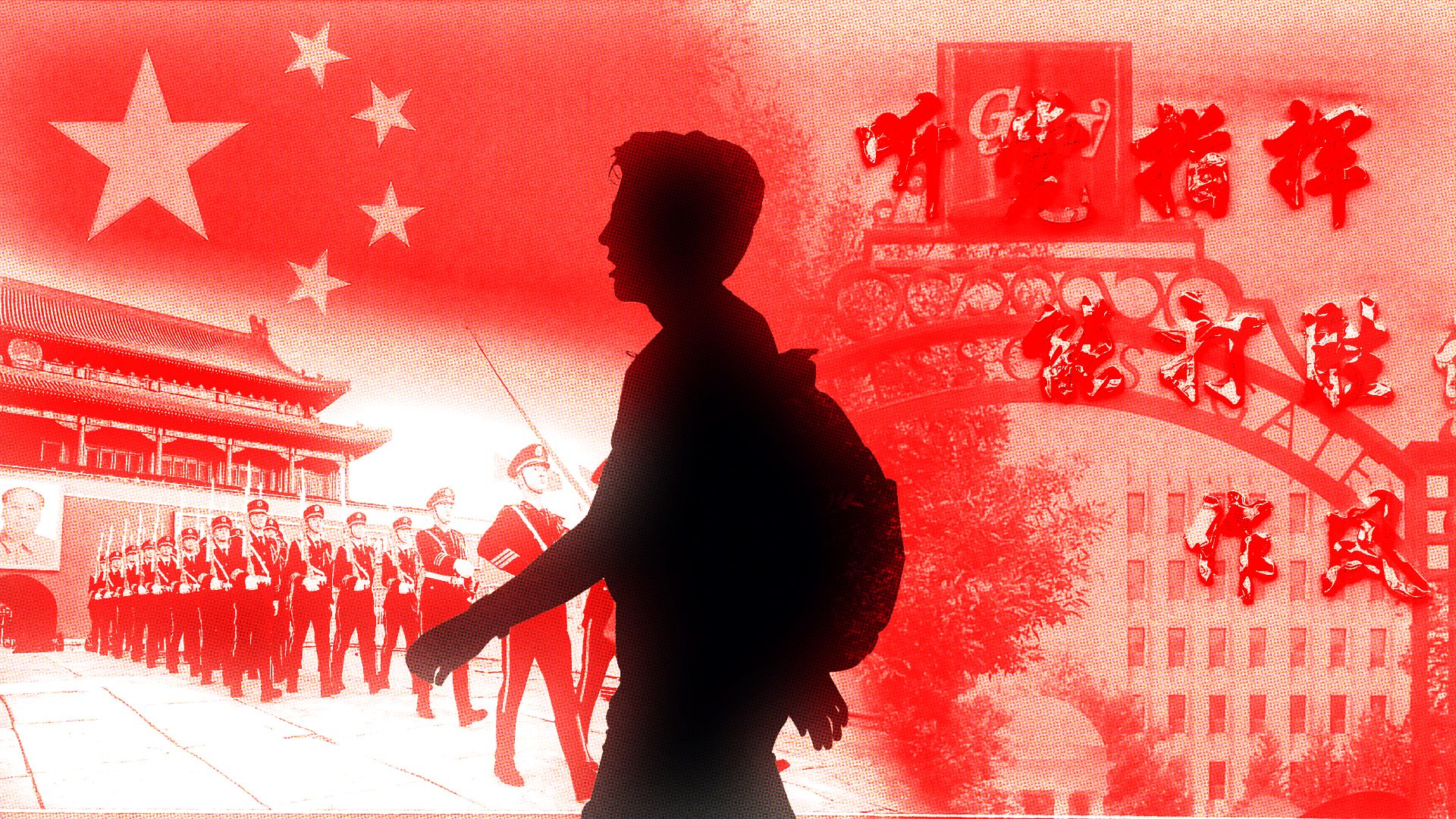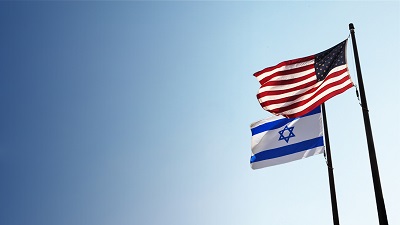Secretary of State Pompeo Hints at Regime Change in Vision for Iran
 Pompeo’s vision for Iran is the world’s vision for Iran. And he hinted at regime change.
Pompeo’s vision for Iran is the world’s vision for Iran. And he hinted at regime change.
No surprise that a recent speech on the Iran strategy Secretary of State Mike Pompeo was built on the foundation of President Trump’s recent withdrawal from the Iran nuclear deal. It was not as easy to anticipate however, the extent to which that speech would deviate from the strategies in play and at the forefront of international debates over Iran for the past three years.
At times, the Joint Comprehensive Plan of Action and the Iranian nuclear program seemed to be granted only secondary status in matters of Iran policy. More important perhaps was the overall pattern of malign behavior emanating from the Islamic Republic, as well as the prospect for a truly comprehensive change in that behavior. It’s clear the Trump administration recognized the futility of Obama’s course of action in dealing with Iran.
Thus the new approach where the Trump administration negated the JCPOA, and took a much tougher stance toward Iran. Trump imposes the correct approach to the current situation, and one that is long overdue.
The Iranian opposition leader Maryam Rajavi advocated for just such an approach in a statement issued on the same day Mr. Trump announced an end to American participation in the JCPOA.
“Eradicating the clerical regime’s nuclear and terrorism threats means getting rid of the regime in its entirety,” she explained. “A regime based on the principle of velayat-e faqih (absolute rule of the clergy) cannot exist without terrorism, suppression, and weapons of mass destruction.”
Neither Pompeo nor Trump has gone as far as advocating for regime change, per se. However many have suggested this may be the underlying goal outlined by their public statements and their policy initiatives.
Critics regard this as either outright warmongering or the deliberate escalation of tensions to a point at which war becomes an unavoidable threat. I recall the same was said of North Korea, Trump’s trade policies, Trump’s tax cuts, and well, just about everything the president has done to date. And President Trump’s policies have America on track in just about all sectors, foreign and domestic.
I predict he is correct on his handling of Middle East issues.
The reality is that the Middle East is already rife with conflict. And much of that conflict has Iran’s easily identifiable fingerprints all over it. The regime wants anything but peace. However, peace must first be achieved before it can be preserved.
Mrs. Rajavi continued, “The end of religious dictatorship in Iran is a requisite for regional peace, democracy, security, and stability. This is the only way to end war and crisis in the region and avert a larger war.”
While the language of Pompeo’s speech at the Heritage Foundation was much more reserved than that of the Iranian Resistance leader, the Secretary of State outlined a wide range of regional crises and conflicts that Iran continues to perpetuate or make worse.
These include terrorist operations associated with Hezbollah, and the provision of ballistic missiles and other Iranian arms to a growing list of proxies in Iraq, Syria, Yemen, and beyond.
Pompeo allowed for no doubt about the White House’s commitment to ending Iran’s destabilizing influence in all of these areas. He also described the “unprecedented financial pressure” and associated measures that will soon be undertaken for the sake of compelling Tehran to withdraw that influence of its own accord. As we’ve seen with President Trump, the American economy offers his biggest weapon.
Wielded properly, the U.S. economy provides again the best strategy for dealing with Iran. It’s clear that neither the Secretary of State or the Trump administration as a whole believes that the clerical regime will cut the “better deal” that has now been outlined as an alternative to the JCPOA. With its abundant references to the Iranian people, their mass protests, and their victimization at the hands of the existing Iranian government, the subtext of Pompeo’s speech justifies this skepticism. Further, Pompeo suggests that the administration’s actual goal – as it should be – is to weaken the regime’s repressive institutions while encouraging the domestic drive for regime change and the establishment of a democratic system of government.
The US will “advocate tirelessly for the Iranian people,” Pomeo said, noting that the Iranian people are its “longest-suffering victims”. He added that they “long to reclaim their country’s proud history, its culture, its civilization, and its cooperation with its neighbors.”
The process of reclamation will not take place through Iran’s farcical elections.
This has been made clear by the continuing escalation in both foreign aggression and domestic repression of dissent since the so-called moderate President Hassan Rouhani took office in 2013. The only means by which the Iranian people can take back their country is through their own ouster of the clerical regime.
Although the White House is understandably wary of acknowledging this fact publicly, there is good reason to believe that it is shaping policy along those lines. Perhaps the clearest evidence for this comes from their repeated expression of support for domestic protests.
Nationwide uprising surged in Iran in December and January. Many protests have continued in various localities on a daily basis since then and the principal Iranian opposition movement, the People’s Mojahedin Organization of Iran (MEK) has played a key role in them. It’s clear the Iranian resistance see a champion in President Trump.
Thus, the potential clearly exists for that pro-democratic protest movement to precipitate the end of the existing regime, and with no greater sacrifice from the Western world than the pressure tactics already outlined by Pompeo. If the efficacy of those tactics remains unclear to anyone after listening to Pompeo’s speech, they need only turn their attention to the voices of the Iranian people and the organized Resistance movement.
On June 30, the National Council of Resistance of Iran will hold its annual Iran Freedom rally near Paris. I along with an international roster of speakers at the event will attend. As I learned last year, these advocates for a democratic Iran clearly articulate what can be accomplished by the Iranian people at this historical moment, with only the most basic assistance from the world community. The vision expressed by NCRI supporters will surely be the same as that should be echoed by all freedom loving people of the world: “Regime change” by the Iranian people.



